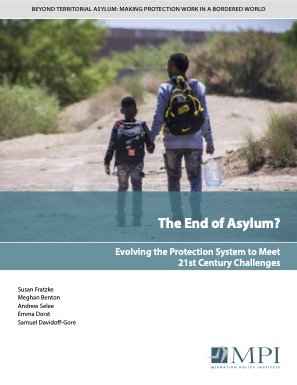Edited by Nick Lowles
The far right poses its biggest political threat in Britain since World War Two. At the ballot box, on the streets and online, the far right – in all its guises – is increasingly confident, assertive and growing. With Donald Trump returning to the Presidency of the United States and Elon Musk, the world’s richest man, financially and ideologically supporting the British far right, we can only assume that the threat will grow in 2025. REFORM UK Britain faces a genuine far-right political threat for the first time in our history, in the form of Reform UK: Reform UK received 4.2m votes in the 2024 general election, a 14.3% vote share Support for Reform UK has continued to grow since the election and now regularly tops opinion polls The party currently has 218,000 members and, with an influx of money and experienced political campaigners, is becoming an increasingly professional outfit RIOTS 2024 saw the worst race riots in 100 years, following the murder of three young girls in Southport by 18-year-old Axel Rudakubana: Violence broke out in 18 towns and cities across England While activists from known far-right organisations were involved in the trouble, most incidents emerged from localised, post-organisational far-right networks The riots were fuelled by disinformation and the widely reported claim across the entire far right that the authorities were covering up the Islamist motives of the attacker. Despite Axel Rudakubana not being a Muslim, much of the far right still refer to him as such HOPE not hate identified the man behind the Southport Wake Up Telegram group, which played a central role in stirring up the violence. He was recently imprisoned for seven years TOMMY ROBINSON Former EDL leader Stephen Lennon, better known as Tommy Robinson, continues to be the most influential far-right activist outside Reform: Lennon held a demonstration of 30,000 to 40,000 people in London in July, the largest far-right protest ever Lennon has acquired more than one million followers on X, and his tweets on the day of the big demonstration were seen by 58m people He was imprisoned for 18 months in late October for contempt of court He received support from Elon Musk, including funding RADICAL RIGHT ECOSYSTEM Fuelling the British far right is a growing, increasingly confident and well-resourced radical-right ecosystem, which spans traditional media, new media and a burgeoning number of individual actors: GB News is increasingly the mouthpiece for Reform UK A growing number of radical-right activists are leaving platforms like GB News to establish their own media outlets, backed by donations and subscriptions from supporters Academic-turned-activist Matt Goodwin is playing an increasingly important role in supporting Reform, backed by a Substack with more than 70,000 followers TERRORISM Far-right terrorism continues to pose a major threat in the UK: Twenty-three people who were far-right sympathisers were convicted under terrorist legislation A new violent cult called 764, closely linked to the nazi Satanist group Order of Nine Angles, is active in Britain A growing number of extremely violent young men are becoming increasing ideologically fluid, drawing inspiration from a diverse array of extremes in order to justify their thoughts and acts of violence. The Southport killer Axel Rudakubana is a case in point DEMOCRACY The public continue to be downbeat about the state of democracy and politics in the UK: 40% of Britons in a poll of 23,000 support a “strong and decisive leader who has the authority to override or ignore parliament” over a representative parliamentary democracy 68% do not believe that politicians listen to people like them, with just 9% believing they do The more pessimistic people are about their own lives, the more likely they are to support Reform UK, to believe multiculturalism is failing, and to oppose immigration
London: Hope Not Hate, 2025. 140p.





















